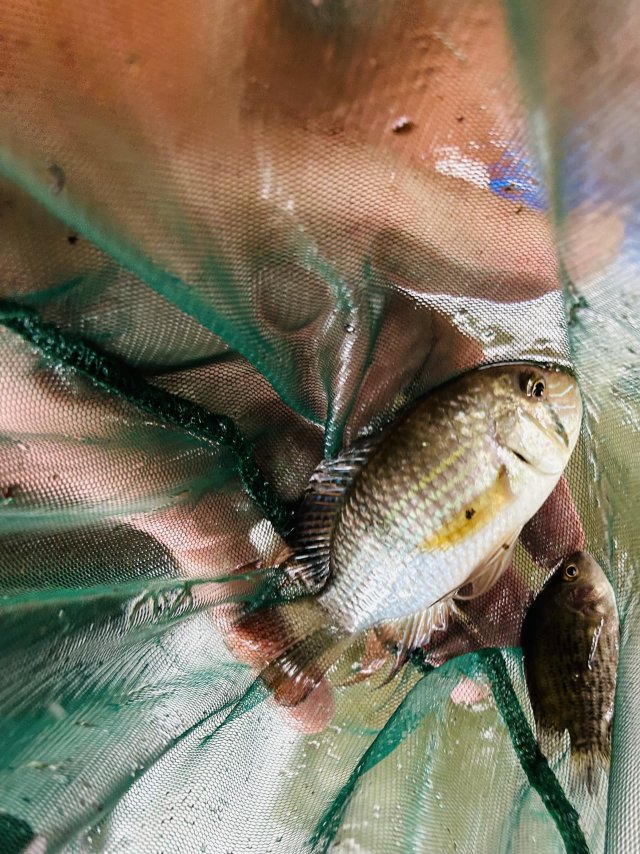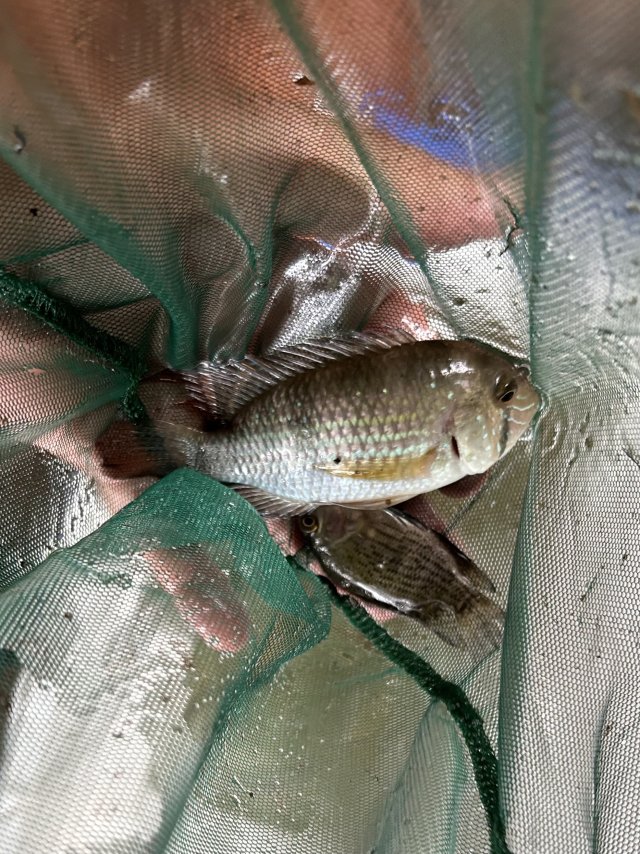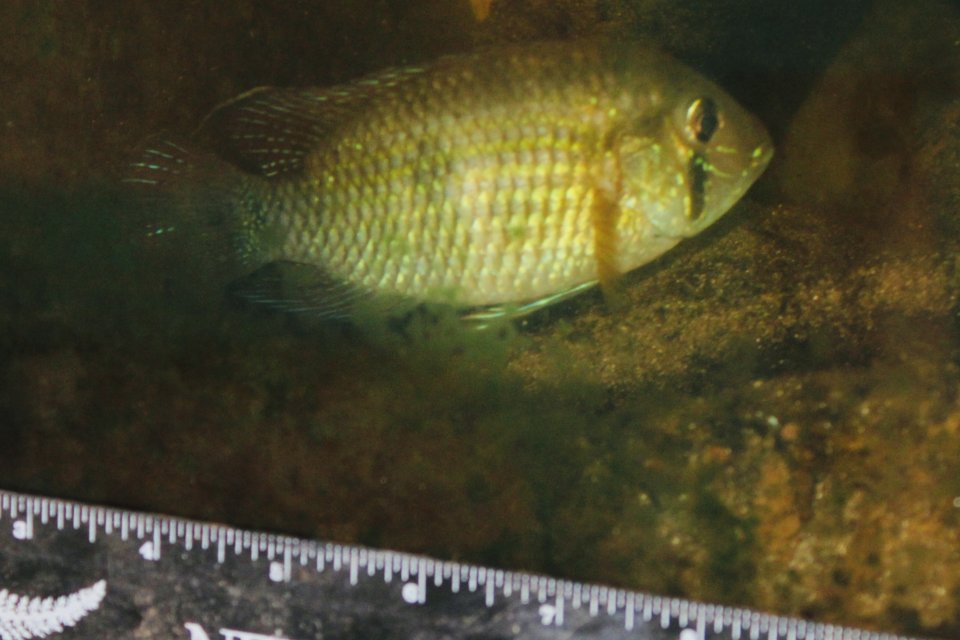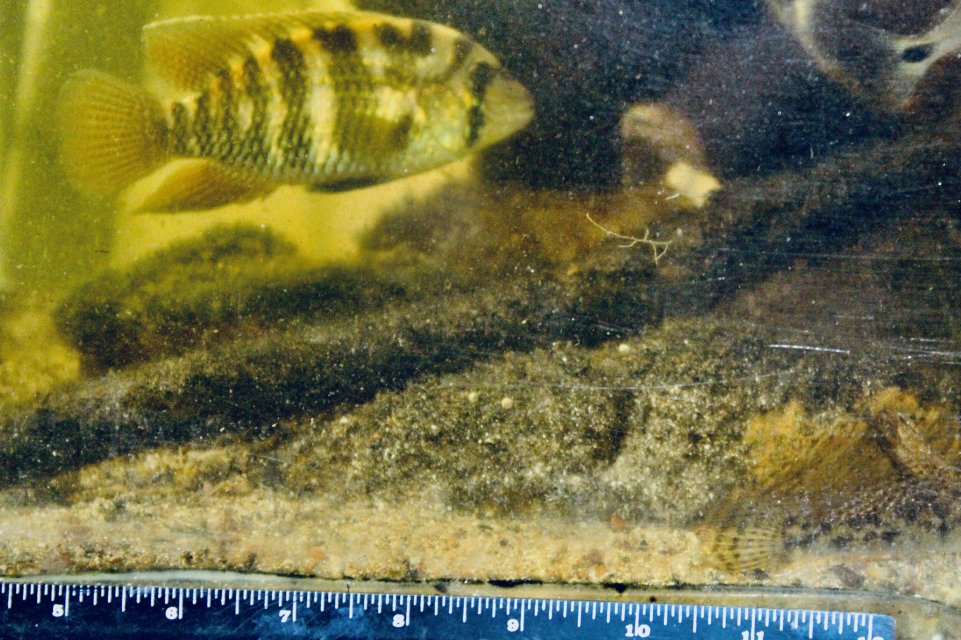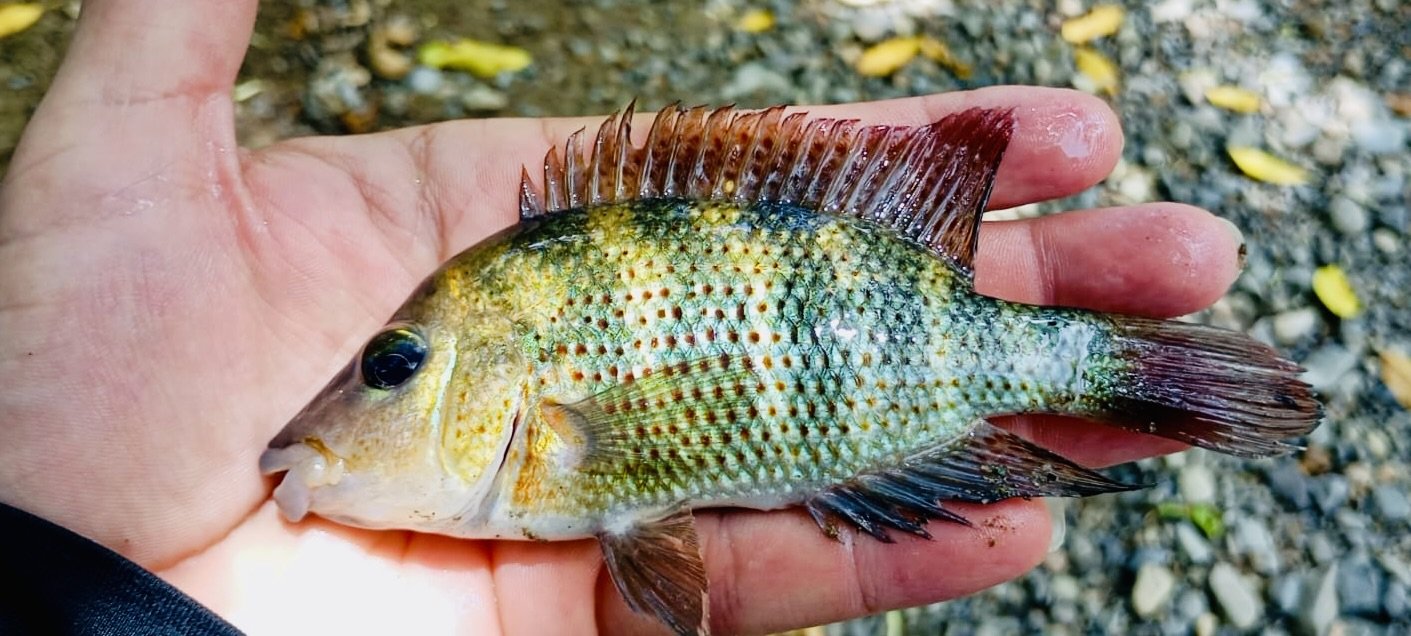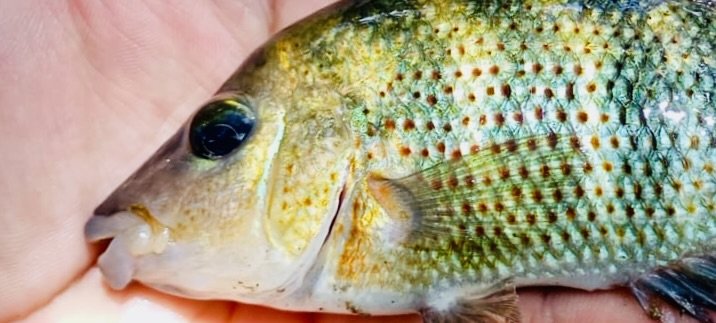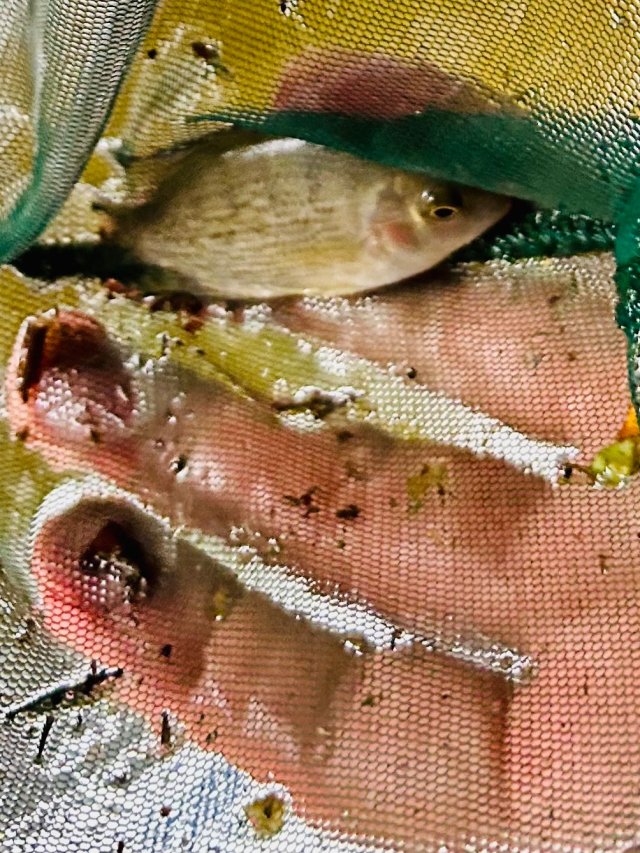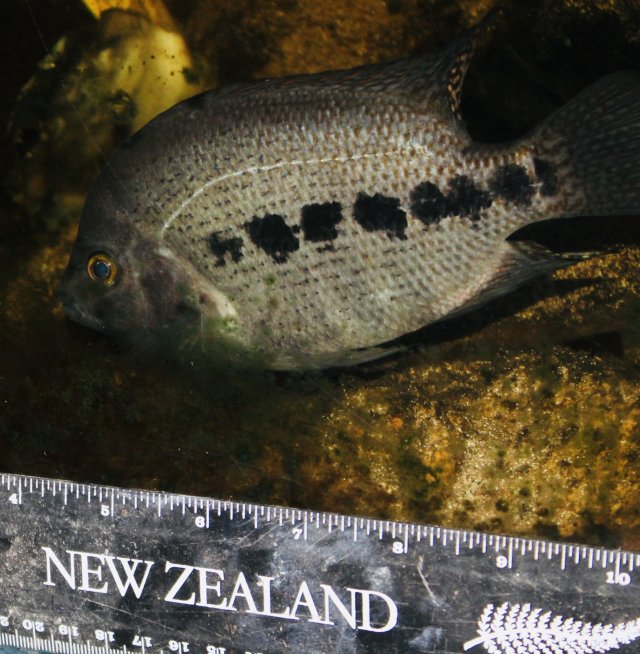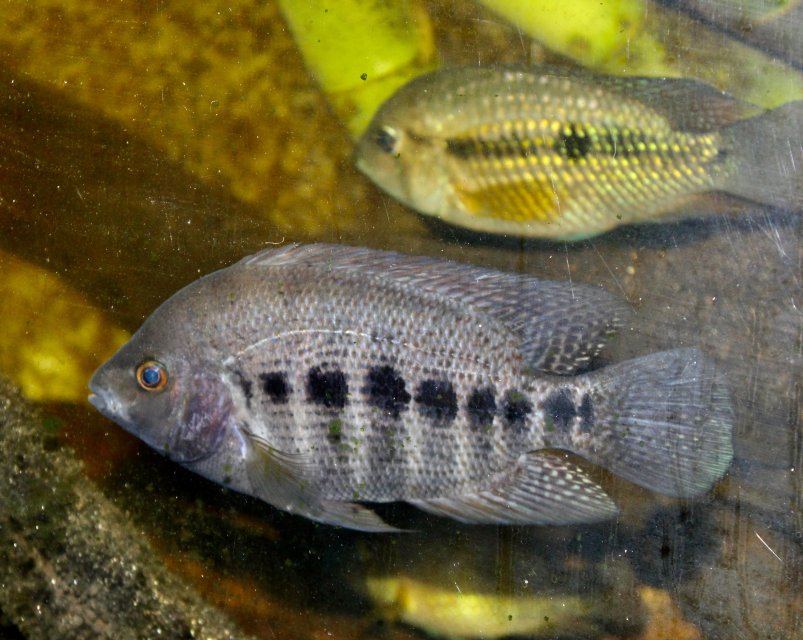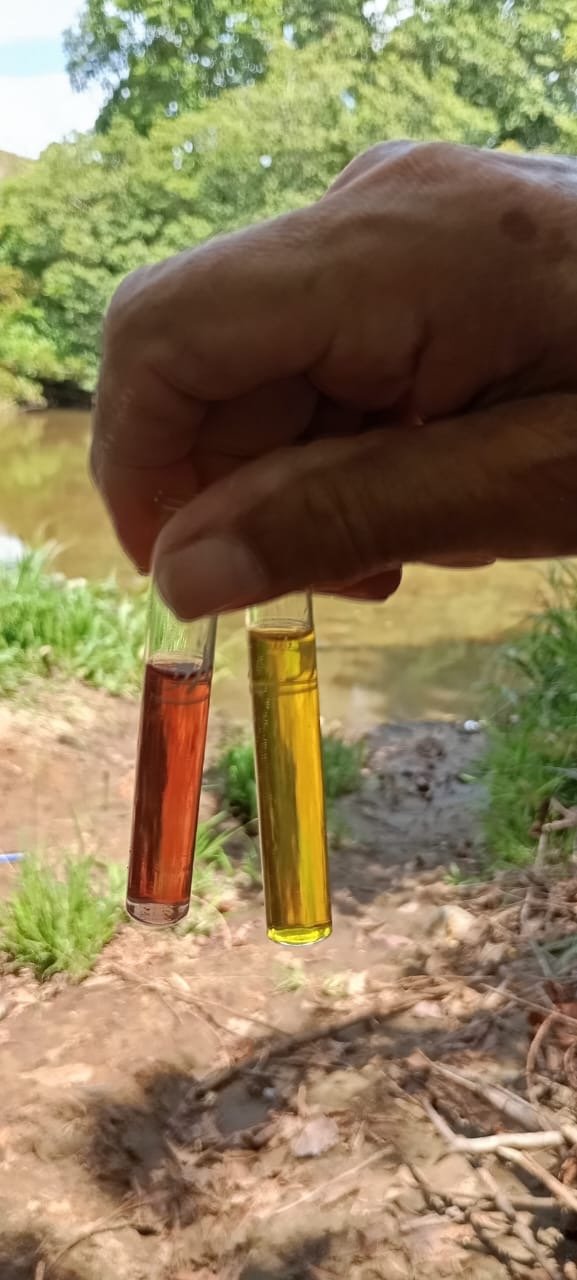Interesting. I also wonder if some species are more prone to this issue. I saw the correlation being made with dogs, but smaller dogs live longer than larger breeds anyway even allowing for care and nutrition. A great Dane will be lucky to hit 10. Shepards do a bit better, maybe 12 or 14. Small dogs can range from 14-30. I know the topic is fish, but this reminds me of a church member who had a small poodle mix that had a whole china cabinet full of pills...heart, liver, etc. A freaking pharmacy. Dog still made it to 20 even though it could barely walk, see or feed itself. My point is I suspect some fish species are going to be longer lived anyway or more 'resistant'. Catfish have to be some of the toughest characters around. Their main kryptonite seems to be salt. Scaleless and armored fish are a whole 'nother' thing.Doing it long-term or with the wrong type of food is definitely unhealthy and can even kill a fish. Over the last few years I've seen many fish with fat liver, too much fat around the guts etc. And not all were even power fed. Often too much calories and especially too much carbs is enough to cause a life shortening increase of body fat.
Just like I've read here the Black Nasty is prone to bloating, etc. Of course this doesn't account for ovebreeding/inbreeding, weird strains, etc


